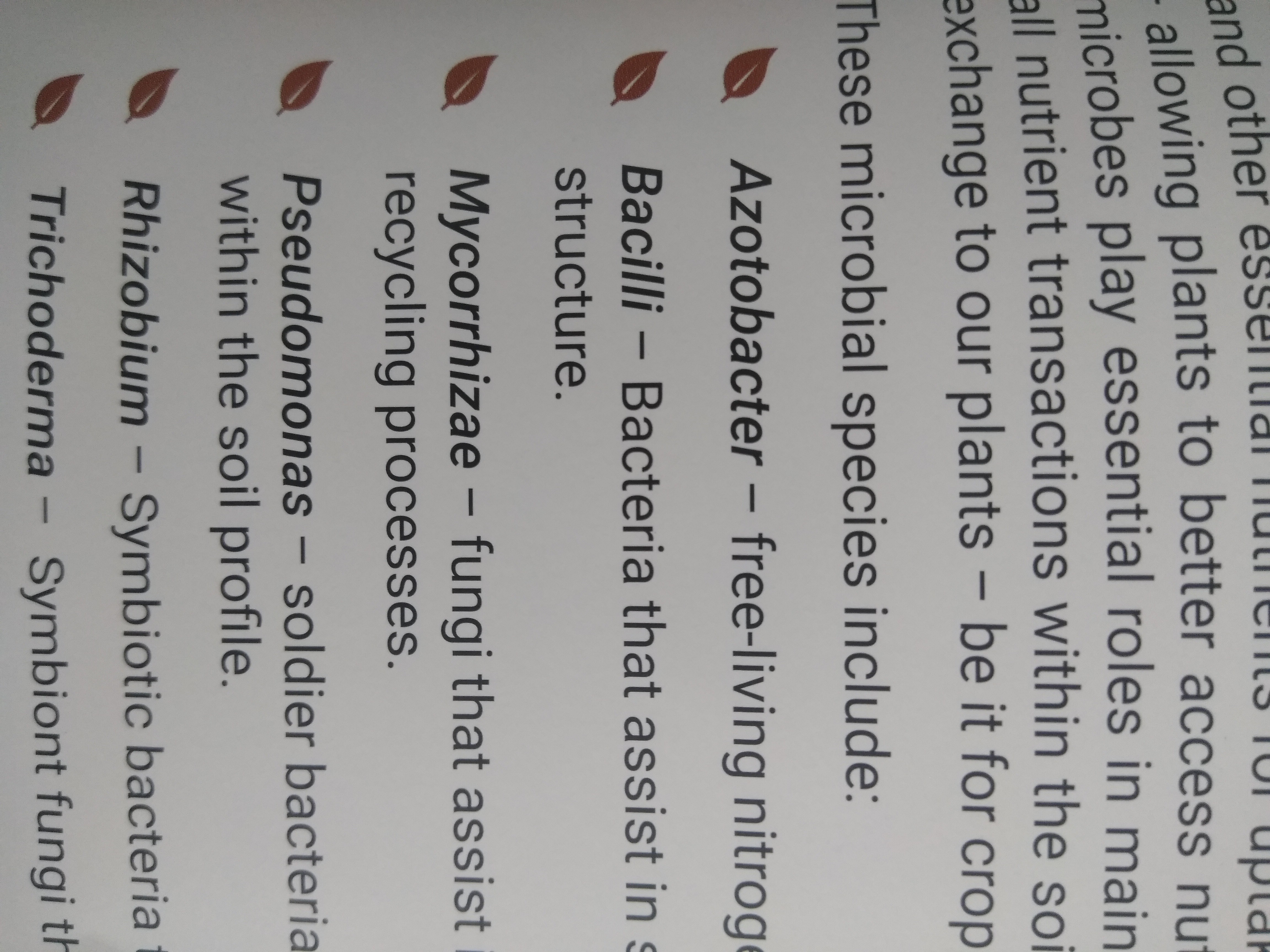This is from an INTA update in Spanish in Argentina. Groundbreaking research, for canola. Yes. Canola.
To explain what Azospirillum is, from the National Library of Medicine of the United States:
Currently, the EEA C. del Uruguay is working on seed inoculation with Azospirillum which is presented as a promoter of root growth, the first results have given substantial increases in the ****seed granary yield in the plots inoculated with azospirillum but said work it is still under evaluation.
Azospirillum represents the best characterized genus of plant growth-promoting rhizobacteria. Other free-living diazotrophs repeatedly detected in association with plant roots, include Acetobacter diazotrophicus, Herbaspirillum seropedicae, Azoarcus spp. and Azotobacter. Four aspects of the Azospirillum-plant root interaction are highlighted: natural habitat, plant root interaction, nitrogen fixation and biosynthesis of plant growth hormones. Each of these aspects is dealt with in a comparative way. Azospirilla are predominantly surface-colonizing bacteria, whereas A. diazotrophicus, H. seropedicae and Azoarcus sp. are endophytic diazotrophs. The attachment of Azospirillum cells to plant roots occurs in two steps. The polar flagellum, of which the flagellin was shown to be a glycoprotein, mediates the adsorption step. An as yet unidentified surface polysaccharide is believed to be essential in the subsequent anchoring phase. In Azoarcus sp. the attachment process is mediated by type IV pili. Nitrogen fixation structural genes (nif) are highly conserved among all nitrogen-fixing bacteria, and in all diazotrophic species of the class of proteobacteria examined, the transcriptional activator NifA is required for expression of other nif genes in response to two major environmental signals (oxygen and fixed N). However, the mechanisms involved in this control can vary in different organisms. In Azospirillum brasilense and H. seropedicae (alpha- and beta-subgroup, respectively), NifA is inactive in conditions of excess nitrogen. Activation of NifA upon removal of fixed N seems to involve, either directly or indirectly, the signal transduction protein P(II). The presence of four conserved cysteine residues in the NifA protein might be an indication that NifA is directly sensitive to oxygen. In Azotobacter vinelandii (gamma-subgroup) nifA is cotranscribed with a second gene nifL. The nifL gene product inactivates NifA in response to high oxygen tension and cellular nitrogen-status. NifL was found to be a redox-sensitive flavoprotein. The relief of NifL inhibition on NifA activity, in response to N-limitation, is suggested to involve a P(II)-like protein. Moreover, nitrogenase activity is regulated according to the intracellular nitrogen and O(2) level. In A. brasilense and Azospirillum lipoferum posttranslational control of nitrogenase, in response to ammonium and anaerobiosis, involves ADP-ribosylation of the nitrogenase iron protein, mediated by the enzymes DraT and DraG. At least three pathways for indole-3-acetic acid (IAA) biosynthesis in A. brasilense exist: two Trp-dependent (the indole-3-pyruvic acid and presumably the indole-3-acetamide pathway) and one Trp-independent pathway. The occurrence of an IAA biosynthetic pathway not using Trp (tryptophan) as precursor is highly unusual in bacteria. Nevertheless, the indole-3-pyruvate decarboxylase encoding ipdC gene is crucial in the overall IAA biosynthesis in Azospirillum. A number of genes essential for Trp production have been isolated in A. brasilense, including trpE(G) which codes for anthranilate synthase, the key enzyme in Trp biosynthesis. The relevance of each of these four aspects for plant growth promotion by Azospirillum is discussed.


Comment